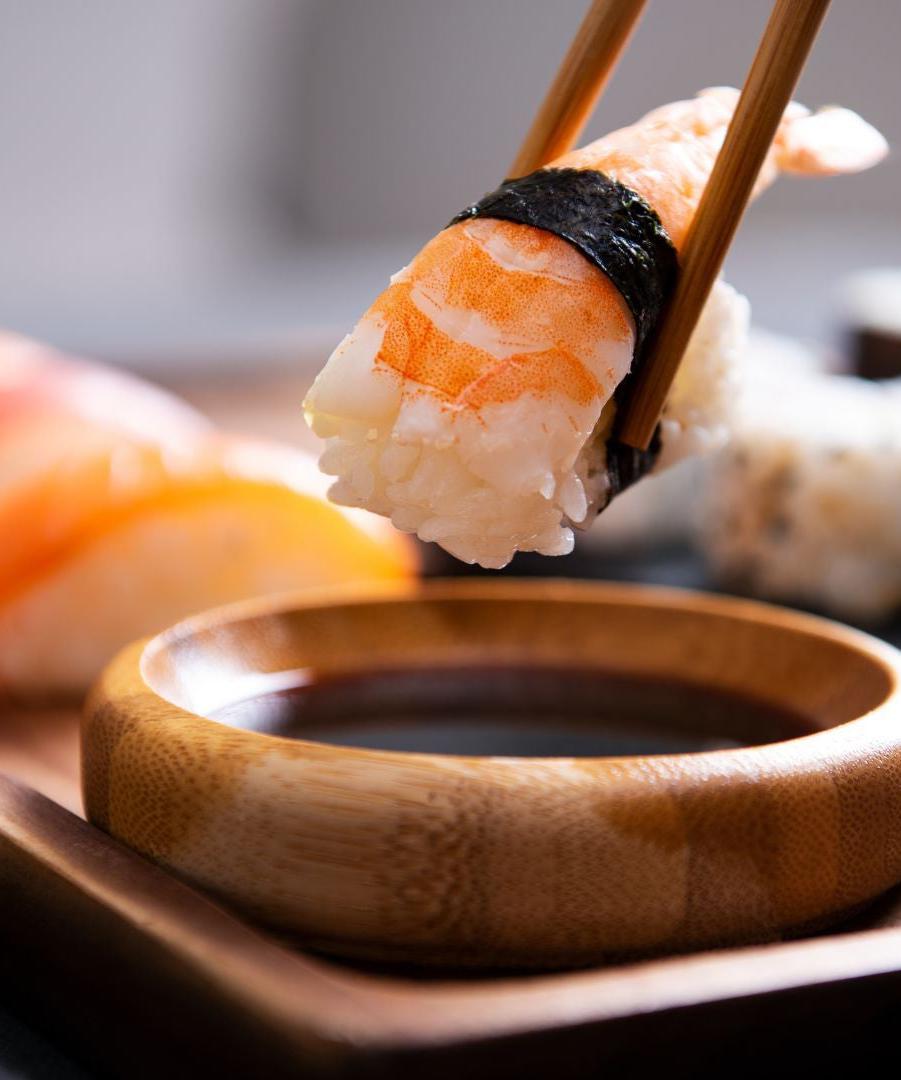Gloden Lable Superior Light Soy Sauce
Pearl River Bridge Brand Golden Label Superior Light Soy Sauce maintains the distinctive fragrance, aroma, delicious taste, and rich nutrition of soy beans. Inherited from our ancient ingredients and starters, our soy sauce takes more than 100 days fermentation process combining well selected soy beans with unique Sunshine, Water, and Air in Southern China. Extracted from the first batch, with savory flavor and aroma, Pearl River Bridge brand golden label superior light soy sauce is the flagship product of the light soy sauce series. It is ideal for dipping, stir frying, marinating. It brings out the delicious flavor from food both for Asian Cuisines and American dishes.
More Products





